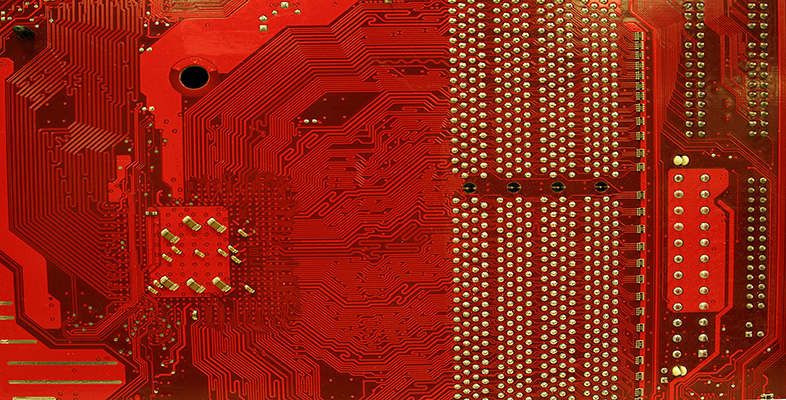3.2 Cybernetics and Symbolic AI
Now is a good time to pause for a moment. I want to sum up what I hope you've learned about the two projects: Cybernetics and Symbolic AI.
Exercise 11
Write a few notes summarising what you think are the key differences between Cybernetics and Symbolic AI. I'll present a full answer below, so don't go into too much detail here.
Comment
The key differences seem to me to have been that the Cybernetics movement is a multidisciplinary study of control and response in a changing environment, centring mainly on the reality of nervous systems and feedback. By contrast, AI is an investigation of human intelligence as a form of computation, and is based on principles of representation and search.
Cybernetics was an intellectual movement that was inspired by questions about how animals and humans maintained equilibrium within, and responded appropriately to, their ever-changing environment. From the start it was a multidisciplinary movement and less clearly defined than Symbolic AI. However, I think one can safely say that the thinking of the cyberneticists centred on the following ideas:
- Computers – Thinkers like Wiener were, of course, aware of the digital computer, and computing of some kind was central to their project. However, Cybernetics originated before digital machines had made a real impact, and cyberneticists tended to be agnostic about the kind of computers they needed. Cybernetic systems like Ashby's Homeostat, for instance, were based on analogue computation.
- Nervous systems – Cyberneticists were particularly interested in human and animal nervous systems. They saw these as the key to intelligence, but were not dogmatic about how the principles of nervous systems could be replicated in actual machines.
- Feedback and other mechanisms – You've already learned that Cybernetics saw abstract mechanisms such as feedback as the key to intelligent behaviour.
- Environment and embodiment – For the cyberneticists, the response of an animal or a machine to what was going on in the environment around it was of central interest. Feedback from, and correct response to, stimuli received from the world around devices such as the anti-aircraft predictor were fundamental. Cybernetic machines, like animal bodies, were not intended to be remote from the world around them, but in constant interaction with it.
- Indicators of intelligence – Cyberneticists were not especially interested in intelligence in the human sense. They tended to focus on characteristics that both humans and animals had in common, such as activity and purposeful behaviour.
As we've seen, Symbolic AI was – and is – more narrowly focused. These are some of its main characteristics, in my view. Note the contrasts with Cybernetics.
- Computers – All Symbolic AI research took the electronic digital computer, as it was understood by Turing, as its starting point and principal tool. There was some early interest in nervous systems among the Dartmouth scientists and others. However, for reasons I'll mention later, this soon fell by the wayside.
- Intelligence as computation – As for Hobbes, it seemed obvious to the founders of Symbolic AI that intelligence, thinking, was a form of computation, a manipulation of symbols. Mechanisms like feedback from the environment played little if any part in their theories.
- Representation and search. So, if thinking was a form of symbol manipulation that could be imitated on a digital computer, then the way to tackle any problem involving thinking was to represent the problem in some symbolic form capable of being programmed into a computer and then manipulate the symbols in an appropriate way. As we've seen, this generally involved some kind of search.
- Indicators of intelligence – Although Symbolic AI researchers may have had a passing interest in animal intelligence, their focus was overwhelmingly on human intelligence of the most abstract kind. Key tests were the Turing Test and the ability to play board games, especially chess.
The contrast between these two radically different models can be summed up in the diagrams in Figure 1.10.

For Symbolic AI, then, the digital computer is king. But this is not just because it is the ideal tool. The fathers of Symbolic AI had a much more radical idea in mind. It was this: that at some deep level, the human brain and interpreted automatic formal devices such as the digital computer are equivalent systems. The fact that they are realised in different kinds of materials – protoplasm and silicon – is irrelevant. In all ways that matter, they are exactly the same system. Intelligence is computation.
This is an exceptionally bold claim; but now is not the time to ask how true it is. Let's just note that the digital computer is the tool with which every researcher in artificial intelligence, whether they work inside the Symbolic AI tradition or not, now works.
